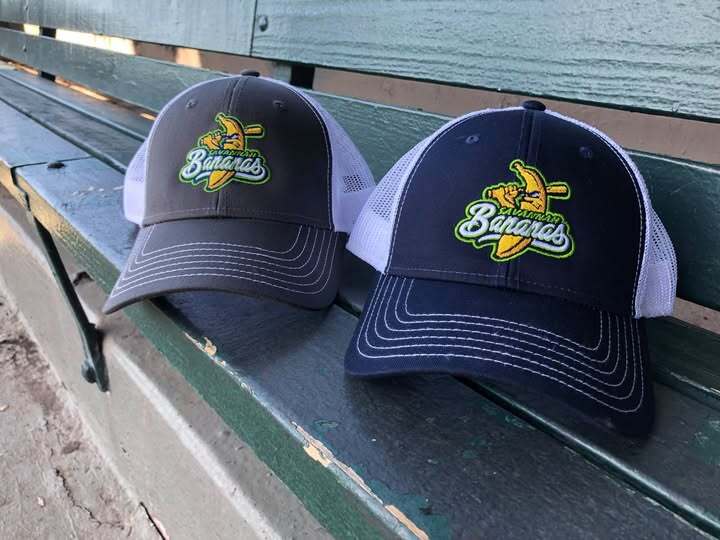
Panera. Tuesday morning.
I’m wearing my Savannah Bananas hat and gets stopped. Third time since walking in. This never happens when I wear my Yankees hat.
Random Stranger: “Dude, I love the Bananas! Have you been to a game?”
Me: “Yeh…four times.”
Random stranger: “No Way!”
Nobody stops you to talk about your corporate polo. But a Bananas hat? Different story.
Your merch is collecting dust, not creating momentum
You spend six months planning an event.
The swag (yes…I used the word swag) arrives day-of. People grab it. Some wear it. Most don’t. It sits in a drawer next to the other 47 branded pens nobody asked for.
Then you do it again next year.
What if your merch could create momentum instead of marking the end of it?
Most marketing leaders don’t ask that question. The Savannah Bananas did. And their answer completely changes how you should think about branded items.
The Bananas figured out what happens after the game ends
The Bananas built a flywheel. Owner Jesse Cole describes it like this:
Live events create content. Content drives traffic. Traffic builds demand. Demand fills more events.
Simple. Clean. Repeatable.
When they studying the Bananas success, most people miss that merch is the thing that keeps the wheel spinning when the game is over.
The numbers:
- Sold out every game since 2016 (tickets are impossible to get. I had to join the Fan Club to have a shot)
- Built 5 million fans
- 55% email open rate (national average is 20%)
- Fans wearing their gear get stopped by strangers asking about the team
That last one matters most.
At their games in Savannah, they offer all-inclusive pricing. Your ticket includes food and drinks. Sounds expensive, right?
Wrong.
When you remove the friction of buying food, fans spend more on merch. Parents aren’t worried about feeding their kids. So they buy the hat. The jersey. The shirt their kid will actually wear.
After the game, 40 players stick around signing stuff. That creates a moment. A photo. A post. More content feeding the flywheel.
But the real move happens the next day.
That fan (ME!) wears the hat to Panera. Gets stopped. “I love your hat.” Conversation starts. “Have you been to a game?” Story gets told. “I need to see this.” New fan created.
The merch extended the marketing into a place the Bananas could never reach.
That’s a flywheel. And most companies are still thinking about merch as a giveaway.
Most companies think merch is a line item. It’s actually momentum.
The mistake: thinking merch is about the moment you hand it out.
The reality: merch is about the six months after.
The Bananas don’t create cheap giveaways. They create lifestyle items people choose to wear. Because when someone chooses to represent your brand, they’re not just a customer.
They’re a channel.
Every coffee shop compliment. Every “Where’d you get that?” question. That’s your marketing budget working while you sleep.
But only if the merch is good enough to wear.
Only if it tells a story people want to repeat.
Only if it makes someone else stop and say, “I need to know more about that.”
Most companies are thinking about merch as a line item. Cost per unit. Boxes shipped. Campaign complete.
The smart companies are thinking about it as momentum.

